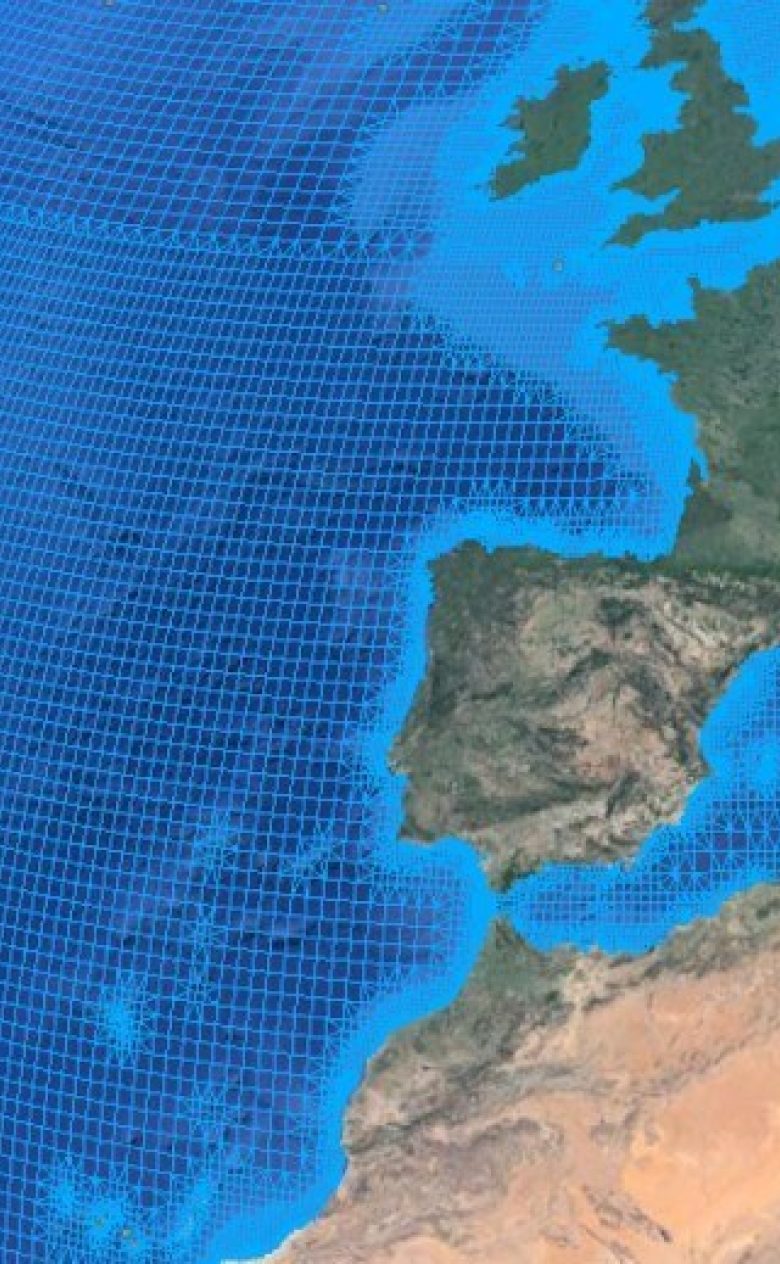The future of realtime hydrological forecasting
Real-time flood forecasting is one of the most effective flood risk management measures. Indeed, many governments operate bespoke hydrological forecasting services that continuously monitor and forecast coastal and fluvial water levels.

These services heavily rely on data and models, on ICT infrastructures and on forecasting expertise. Deltares is a prime supplier of such infrastructures and forecasting expertise to many agencies around the globe. Thus, we directly contribute to the safety of populations exposed to flood risk. Also, as many of the tools developed by Deltares are used by consultants and engineers in their commercial activities, we contribute to the economic activity of the Dutch water sector.
Deciding for an uncertain future
To ensure that our tools and expertise remain at the “state of the art”, continuous developments and investments are required. Some of these investments have a long-term character. This means that decisions are made in the face of uncertainty about the more distant future. Such uncertainty about the future cannot be eliminated but it can be reduced through forecasting (as indeed we often tell our clients!). For our own investment decisions, we would like to have some idea of what our world will look like in, say, 2025.
We have long known that it is pretty much impossible to accurately predict what the world will look like in 2025. However, it may well be possible to ‘capture’ the real world of 2025 in a set of scenarios that ask “what if?” questions, helping us explore alternative views of the future. Such scenarios contribute to improved decision making by allowing for any decision to be tested for robustness against those alternative futures.
Scenario analysis has been widely applied. Well known applications include strategic planning at Shell and adaptation to climate change (for which, by the way, some of my colleagues at Deltares developed a wonderful tool for called adaptation pathways).
Five scenarios
At Deltares, we have now applied scenario analysis to the discipline of real-time hydrological forecasting. The process was developed with help of Hans Stavleu, an experienced scenario writer and contributed to by a number of our partners. First, we organised a brainstorming session in which we identified and described ongoing trends and future developments. These were subsequently elaborated on by five writers in a five day stint. Authors included Micha Werner, Femke Schasfoort, Robert Mureau and Marc Philippart – and Jan Verkade.

We first identified the scenarios we would write. This was done using a matrix comprising a ‘government’ and a ‘technology’ axis. Each of these contained three viewpoints characterising possible future government focus and technology focus respectively. Thus, nine possible scenarios were constructed. We selected five scenarios to be fully developed – one by each author: Caring Government, Regulatory Facilitator, Google Forecasts, Start-up Society and, last but certainly not least, the Moat.
Now that we have the scenarios available, we have a wonderful tool available to increase the robustness of our strategic planning. I’m much looking forward to that next step!


